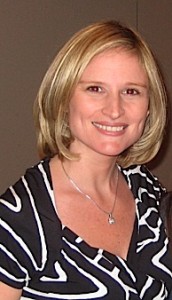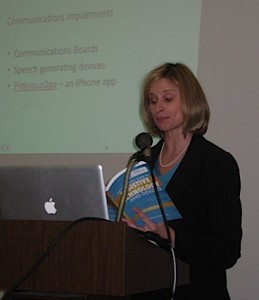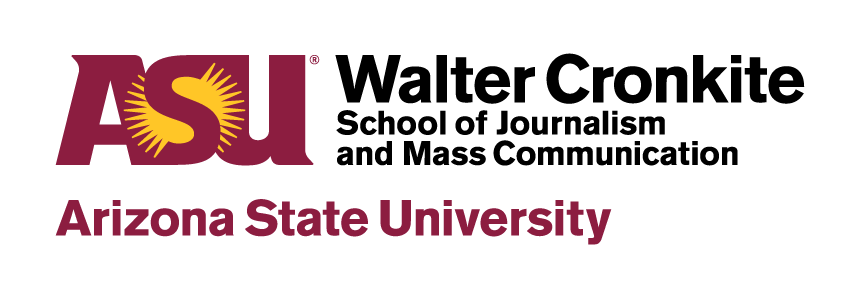By Cassandra Nicholson
When Suzanne Robitaille was first approached to write a book about assistive technology, she found the idea rather daunting.

In such a niche industry and with thousands of options for general consumers, it’s no wonder. Still, Robitaille, an advisory board member of the National Center on Disability & Journalism, is no stranger to the world of assistive devices. As the founder and editor of Abledbody.com, she is an expert on all things techie and a go-to resource for publications like The Wall Street Journal and Disaboom.
“The more research I did, the more I realized that this was a book I was meant to write,” Robitaille says. “There was nothing on the market that spoke about technology for people with disabilities, from a purely consumer lifestyle perspective.”
In short, it didn’t take long for the former BusinessWeek.com columnist to find her footing.
Robitaille’s book “The Illustrated Guide to Assistive Technology and Devices” mixes products and reviews to provide a useful roadmap for individuals with disabilities.
“The editors thought this would be a unique way to showcase the products, especially since it’s so hard to visualize technology,” she says. “I also felt that I needed to use real-life examples of people with disabilities (though names were changed) to really hammer home the point that there are people who are blind, deaf, mobility impaired – all going to work at their respective jobs and having to figure out innovative ways around their obstacles.”
Robitaille found her passion for writing at a young age. After losing her hearing at 4 years old, she had to adapt to a whole new world of communication. It wasn’t until after completing both a bachelor’s and a master’s degree that she encountered her biggest challenges.
“I couldn’t even take a job interview over the phone,” she says. “Having to lip-read made it difficult in meetings. I had note-takers and interpreters during college, but that’s not always available in the workplace.”
Forced to once again adjust her expectations, Robitaille turned to the most obvious and accessible medium.
“I tried to focus instead on the things I could do – like write,” she says. I also grasped new media very early on because it was such a visual enterprise.”

In 2002, Robitaille received a cochlear implant, a surgically implanted electronic device. This “ultimate assistive technology” allowed her to hear on the phone and made her less reliant on lip-reading, she says.
She still needs captions for TV, “and I can’t enjoy the movie theater,” she says, but it’s a start, and more improvements are likely as the popularity of Web programming continues to grow and the industry changes.
Robitaille sees the digital glass ceiling for those with disabilities rising, if not exactly disappearing.
“It’s definitely going to be more Web-based, where a person will be able to download their unique profile from any computer or cell phone in the world,” she says. “I anticipate more mainstream companies will get in the accessibility game by following a universal design philosophy to make sure their products are useable by everyone.”
In her research for “The Illustrated Guide,” Robitaille found a number of flaws in assistive technology, the biggest one being high cost.
“[The cost of certain products] makes it hard for me to ‘recommend’ them, especially when they’re not covered by insurance, and I’m speaking to a demographic that’s traditionally lower-income,” she says. “These are specialized gadgets for a small population.”
Robitaille says insurance companies often aren’t willing to pay for newer devices that could help erase obstacles in everyday life or even help someone land a job.
“A speech-generating device costing upwards of $6,000 is only covered if the ‘cool’ parts, like e-mail and Web, are stripped out,” she says.
Is there a solution for the small marketplace and consumer divide?
“There are so many mainstream products that could be accessible if the manufacturer had thought about the principles of universal design, where a product is designed from the ground up to be accessible to everyone,” she says.
For example, the Kindle can provide books that are read aloud, but it is not navigation accessible for those who are blind. Amazon has said it will come out with an accessible version this summer, she says.
As technology improves, Robitaille is open to a potential “Illustrated Guide” sequel in the future.
“I’d like the opportunity to update the book every few years,” she says. “I can see a second or third edition, for sure, and I can also see myself writing related books on disability in the workplace and life-space. If not, I’ll keep on writing for Abledbody.com so that I can continue to inform and educate.”
To read more about Robitaille, visit Abledbody.com. For more information about “The Illustrated Guide to Assistive Technology and Devices,” click here or visit Amazon.com.
Robitaille and her publishers at Demos have made “The Illustrated Guide” available in Braille and synthesized audio formats here.
Cassandra Nicholson earned a B.A. In Journalism from ASU’s Walter Cronkite School of Journalism and Mass Communication in 2008. In addition to freelance writing in her spare time, Nicholson now works for the Cronkite School and the Donald W. Reynolds National Center for Business Journalism.

